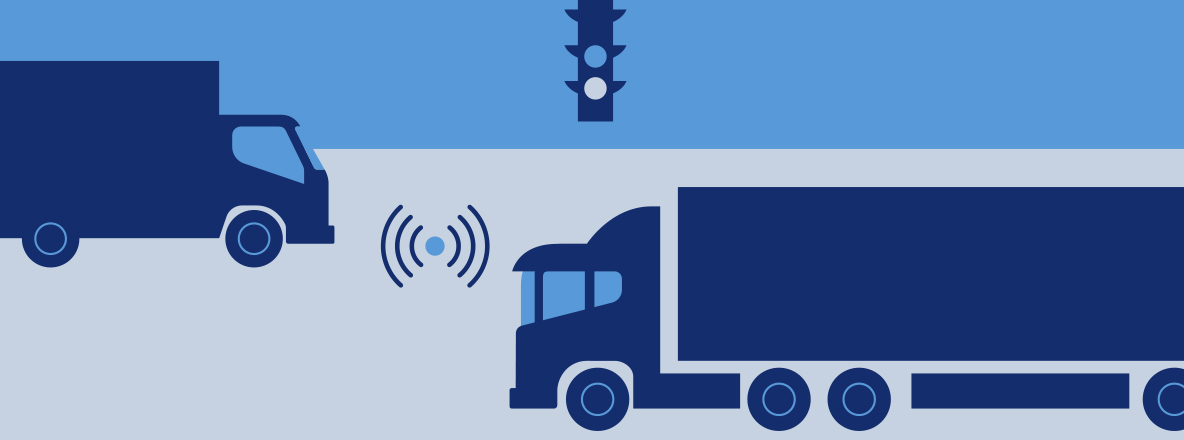What We Do
How hard are your drivers braking? What speed are they averaging? What type of terrain are they driving on and are they traveling through rural or urban areas? All of these data points are tracked, scored and aggregated by telematics vendors to evaluate safety performance and are delivered to your door.
While these performance indicators may tell a compelling story, they are not currently analyzed in conjunction with insurance claim data. As a result, they are not directly translating to the balance sheet.
By incorporating telematics data into traditional actuarial analyses, companies can more accurately assess their overall liability — which can have a significant positive impact on their retained losses.
You may want to consider incorporating risk-adjusted exposure into your own actuarial analysis — the results may be worth the effort. Or you can reach out to the actuaries at Oliver Wyman to evaluate the impact of your current telematics usage and suggest new and strategic ways of utilizing the data to maximize savings to your organization.

Case Study — Large Transportation Company
See How We Helped to Realize Savings
A large privately owned transportation company based in Dallas, Texas, wasn’t seeing the return on their telematics investment. After redesigning their safety program to leverage their telematics data to correlate safety behavior to high severity insurance losses, they began to see a drastic reduction in the number of severe accidents.
As their actuary, we were able to validate these improvements and incorporate their telematics data into the actuarial analysis as a risk-adjusted exposure base. This data enabled us to identify savings from their safety program efforts years before it would traditionally be recognized in a reserve study.


